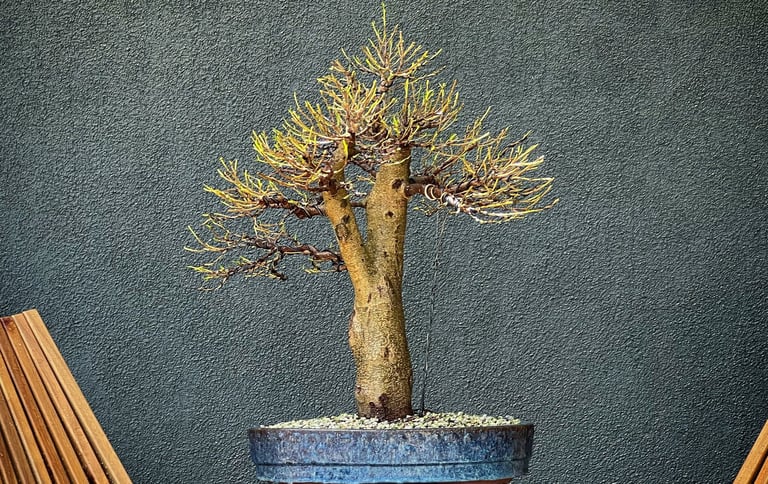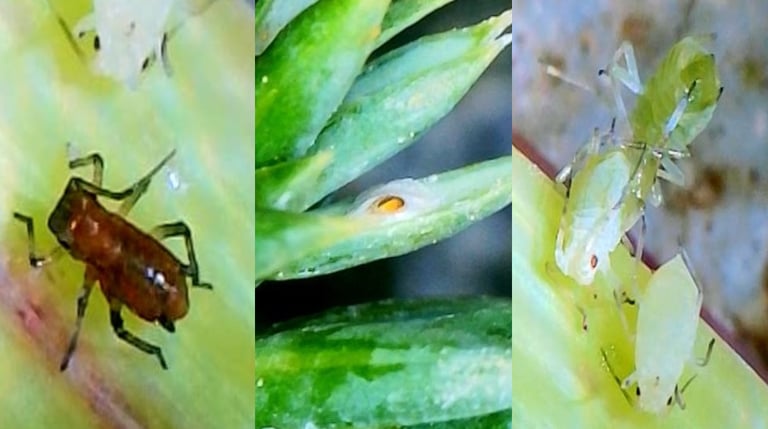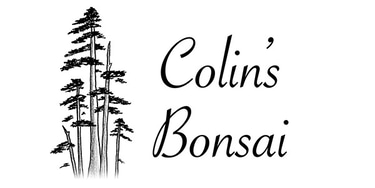Bonsai Growing Tips: Clippings from June 2025
Seasonal bonsai musings from Colin
GROWING TIPS
Colin Fraser Purcell
6/12/20253 min read


June 20th is the first day of summer, and things are heating up! Deciduous trees are extending like crazy, pine candles are getting long, and tropicals have finally started growing full-tilt after the winter slowdown. Here’s a look at what I’m working on this time of year and some tips that I hope will help you and your trees make the best of early summer.
Tropical Bonsai: Unlike temperate bonsai species (e.g. junipers and elms), many tropicals are best repotted while they are actively growing. I’ve started repotting ficus and bougainvillea this month, and will continue through July. Summer is also when I defoliate ficus bonsai, if the tree is vigorous enough. Removing all of the leaves from a ficus makes it easier to edit the branching and apply wire. It can also stimulate back-budding and reduce water demands when making big root reductions. Remember that ficus are growing fast in the summertime, and any wire applied may begin biting in pretty quickly, so keep an eye on it.
Maples and other delicate bonsai: As it gets hotter and sunnier, I move some trees to shade. Japanese Maples are especially susceptible to scorching in the California sunshine. I also keep Ginkgos in some shade during the hottest months.
Japanese Black Pine (Pinus thunbergii): this is the pine species that I prefer for bonsai in our Coastal Southern California Climate. It is a 2 flush pine species and is native to coastal areas of Japan, making it better suited than high-elevation species for our long warm growing season and lack of deep winter cold.
Summertime is when I decandle black pines in the Los Angeles Area. By mid June I will start candle pruning the largest black pines (Niwaki and large bonsai). Remember that the later you remove spring candles, the smaller the ensuing needle and internode growth will be. That means I work on big trees early in summer, but smaller trees and shohin later in the summer (July and even into August sometimes). There are several different approaches for managing and balancing a pine’s energy during this work, but that’s a topic for another day . . .
Pest Management: With all the tender new growth extending, our trees are a bug buffet this time of year! A few pests here and there are unavoidable, but keep an eye out for heavy infestations. Adult female juniper scale insects look like a tiny fried egg (center panel in the image above). Unfortunately, all the good systemic insecticides that provide ongoing control are no longer available "over-the-counter" in California. Physical removal is tedious but effective; I like to use a q-tip and rubbing alcohol.
Spider mites thrive in warm weather, so keep an eye out for discoloration and tiny webbing — on junipers and pines especially (regular spider webs are nothing to worry about). I find that washing off my trees around once a week helps keep pest loads low. In the evening, I jet water through the branches from above and below (be sure not to use too much pressure and cause damage). This also removes accumulated dust and other junk that can make foliage less efficient. If you're going to spray pesticides during summer, be sure to do it in the evening, and avoid spraying oil-based products (like neem) that coat foliage and will reduce a tree’s ability to keep itself cool through transpiration.
Ongoing Maintenance: All through the warm (but not really hot) weather, I will continue with basic maintenance tasks. Light wiring is fine, but as it gets hot, I tend to avoid any major bending. On Junipers I’ll be cleaning bottom-sides and branch crotches, pruning runners, and generally thinning. Deciduous trees will be cut back to a pair of buds whenever the new extensions get too long.
Finally, we are entering the season where watering becomes really critical. A lot of my trees are now getting daily water (depending on soil type and species). Wind can be even more drying than heat, so watch out for that, and check your pots again in the afternoon on hot or windy days, even if you watered in the morning.
Happy Summer Everyone!


